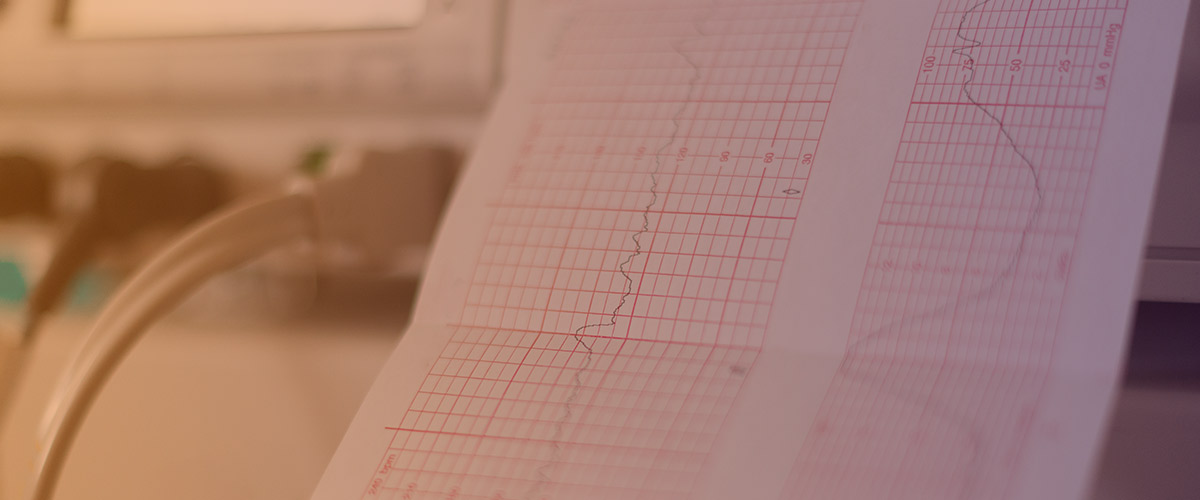Drug-free pain management
There are many drug-free ways to manage pain. It is recommended that these be used as a first-line method for pain relief and be continued throughout labour even if medications are used. Drug-free pain relief techniques reduce the need for obstetric interventions and their associated risks and side-effects. They also increase breastfeeding rates and improve the mother’s satisfaction with the birth.
How can I cope with labour without using medications?
There are many techniques you can use to help you cope with the discomfort of labour and delivery. Some of these are physical and some are mental. A good starting point is to have a relaxed and confident approach to labour. Have confidence that your body knows what to do. In the event that something is not going according to plan, you have a support person or team and a health care provider to help you and your baby.
Here are some techniques that may help you in the labour process:
Continuous support. Having a caregiver support you throughout your labour and delivery can help you cope with the discomfort of labour. A friend, family member, doula, or health care provider by your side can reduce fear and anxiety. Having continuous labour support has been shown to reduce the frequency of obstetrical interventions.
Breathing. The way you breathe during labour can help keep you calm and focused. You can follow your body’s lead and breathe in a way that feels right for you. Or you can try one of these breathing techniques:
- Slow breathing. Slow, deep breaths work well in early labour to shift your focus away from the contraction. Try breathing in for 4 counts and out for 4 counts.
- Rapid breathing. Light, quick breaths can be helpful during active labour when contractions are strong and frequent. Contractions happen like a wave, with a peak of intensity. As the contraction intensifies, make your breaths shorter and faster and then lengthen them again as the contraction subsides.
- Transition breathing. When labour is most intense and it is difficult to breathe slowly, you may find a ‘pant-pant-blow’ style of breathing helpful. If your body wants to push and your cervix is not quite dilated, you may find this breathing method helpful to resist the pushing.
Surroundings. You may find it easier to labour if your physical environment is comfortable. Pillows and blankets, dim lighting, and a playlist that you have prepared can all help your body to relax into the job it needs to do. Creating a calm, stress-free environment helps your body produce natural hormones that help you cope with labour. This in turn supports the progress of labour.
Guided imagery and visualization. These techniques involve learning how to move your attention away from pain through yoga, relaxation, visualization, breathing, and/or self-hypnosis.
 Positions. Moving around and changing positions can help make labour easier. Shifting between standing, sitting upright, lying on your side, squatting, kneeling on all fours. You can also try sitting on a birthing ball or stool. As labour progresses the position that seems best for you may change. Keep trying alternative positions.
Positions. Moving around and changing positions can help make labour easier. Shifting between standing, sitting upright, lying on your side, squatting, kneeling on all fours. You can also try sitting on a birthing ball or stool. As labour progresses the position that seems best for you may change. Keep trying alternative positions.
Water. Warm water can help ease labour pain, especially in the early parts of labour. A whirlpool, bathtub, birthing pool, or shower can be used. Be sure the water isn’t too hot, as this can cause an increase in blood pressure. Make sure you stay hydrated if you spend a long time in the tub.
Vocalizing. Use your voice! Don’t be shy or embarrassed to cry out, moan, groan, chant, sing or make whatever sounds feel right to you.
Massage. Your birth support partner can provide comfort by using touch. This can include massage, pressure, or gentle touch. Firm pressure on the sacrum can be helpful. Practicing massage techniques ahead of time can help you figure out what you like and don’t like.
TENS. Transcutaneous electric nerve stimulation (TENS) is a safe way to manage pain. It uses electrodes on your belly or back to send small electrical impulses to the nerves under your skin. These impulses block the pain signals from going to the brain.

